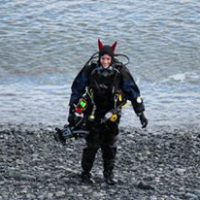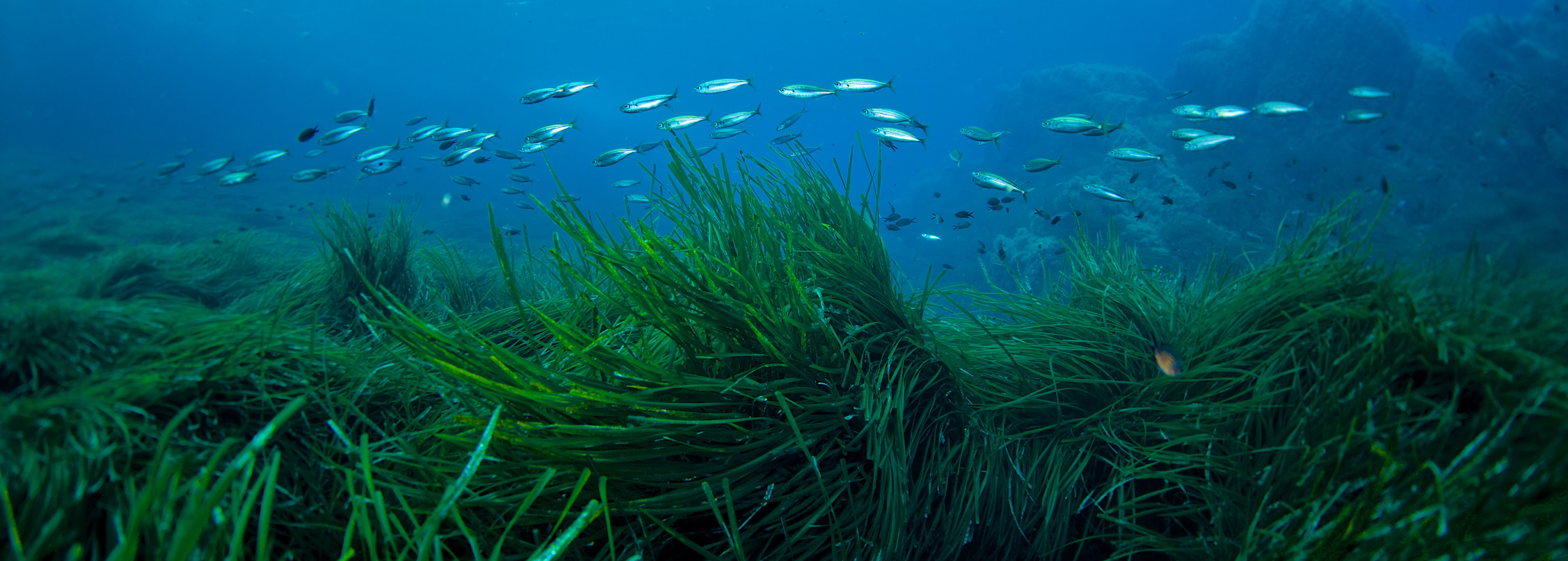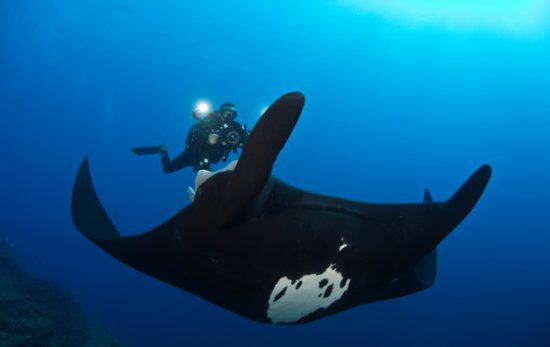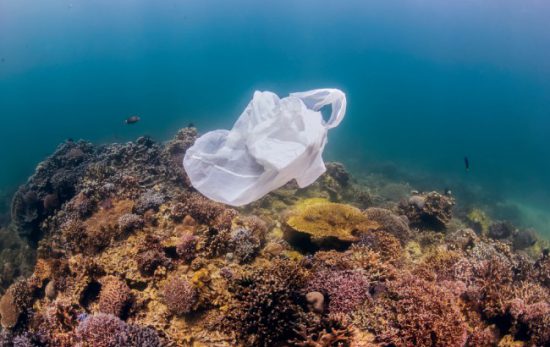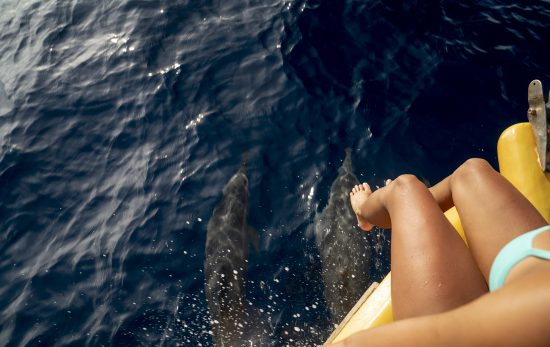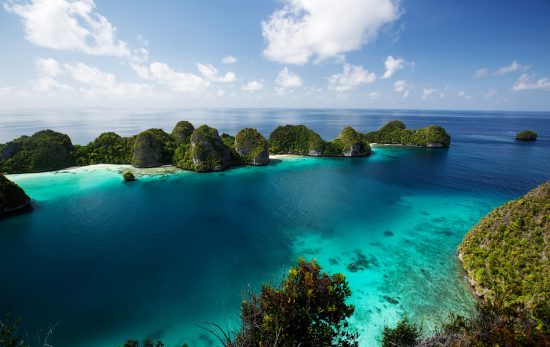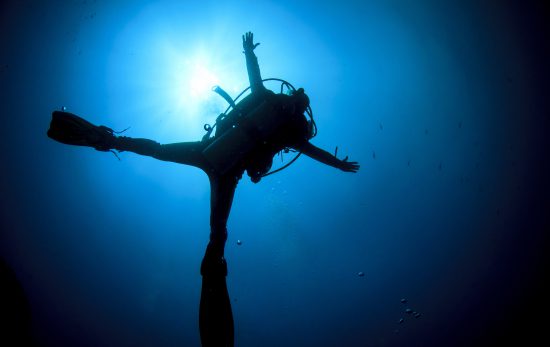There are things everyone should know, but often don’t. Use non-toxic glue (like Elmer’s) to remove a splinter. Antibiotics don’t work on viruses. Frankenstein is the name of the doctor, not the monster. The importance of seagrass is another thing that you should know about, but might not.
That’s why we’ve created this list: 6 things about seagrass every diver should know.
Seagrass:
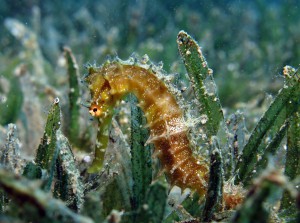 #1 – Provides shelter and food for the ocean residents you love. Several creatures feed off the seagrass, including green turtles, dugongs, manatees, sea urchins, and crabs. It’s also a home and nursery for hundreds of species of fish and invertebrates, including the elusive seahorse.
#1 – Provides shelter and food for the ocean residents you love. Several creatures feed off the seagrass, including green turtles, dugongs, manatees, sea urchins, and crabs. It’s also a home and nursery for hundreds of species of fish and invertebrates, including the elusive seahorse.
#2 – Improves water quality and the reefs. The seagrass beds trap sediment and slow the flow of water. This reduces coastal erosion and improves visibility. Trapped by seagrass, sediment is less likely to smother coral reefs.
#3 – Helps clean the air. Scientists say seagrass meadows remove carbon dioxide from the air. The ocean acts as a ‘carbon sink’ for a full quarter of atmospheric carbon. Seagrass covers less than one percent of the ocean but is estimated to sequester 10 percent of the organic carbon trapped in the ocean each year. Seagrass packs a mighty punch when it comes to fighting pollution, even above the surface.
#4 – Is an extremely productive ecosystem. It is so rich in biodiversity that some call it an underwater rainforest. The seagrass ecosystem recycles nutrients that make our planet healthy.
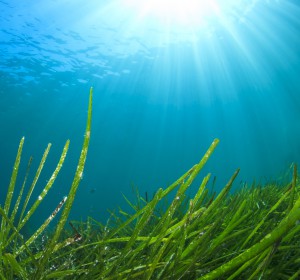
#5 – Is a plant community that uses the sun for food. Even though it lives underwater, seagrass is an autotrophic plant, meaning it photosynthesizes to generate energy, just like topside plants.
#6 – Reproduces by submarine pollination. Although they were once terrestrial, seagrass plants have since adapted to underwater conditions. Male and female plants use the water for pollination. Seagrasses are the only wholly-marine group of flowering plants that carry out their entire life cycle in the sea.
Seagrasses are in global decline, with boaters and pollution from humans their biggest threats. Restoration projects using marine protected areas and replanting restoration projects are working hard to try to counteract the decline. If you find ever yourself diving in a meadow of seagrass, take special care with your buoyancy and equipment to avoid damaging this vulnerable marine environment.
If you’d like to learn more about identifying and helping to protect aquatic environments, check out the Project AWARE Specialist course.
